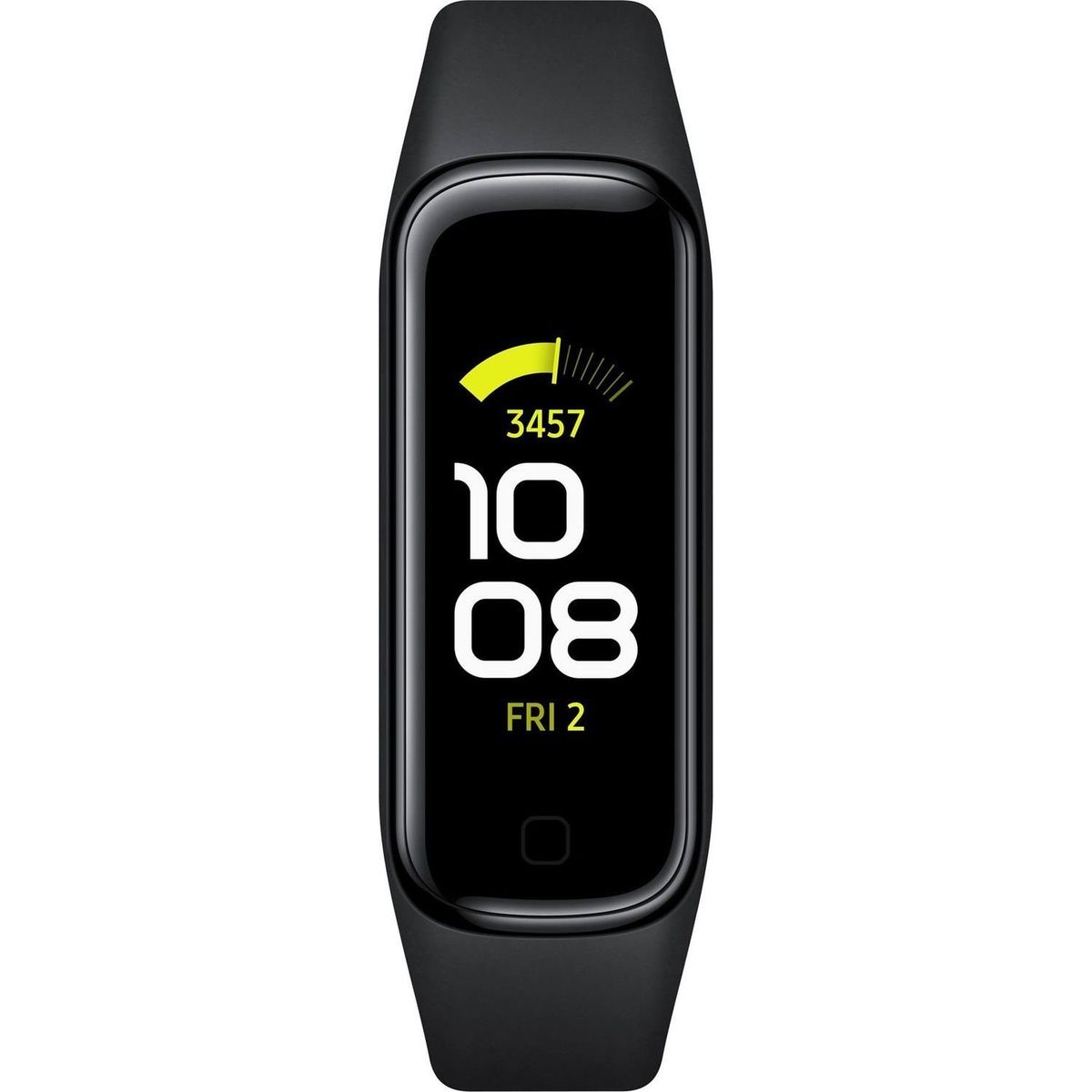
Çocuk Akıllı Bileklik Dokunmatik Kontrol Spor İzle Sağlık Izleme Bilgi Itme Adımsayar Nabız İzleme Fotoğraf J190515 Yi TL1,449.94 | DHgate

Almak Otomatik Kapanma Akıllı Bileklik Çocuklar dijital saat LED Dokunmatik Ekran Spor akıllı saat Su Geçirmez Çocuk kol saati мартьасы ~ Tüketici elektroniği | Spident.com.tr

Yeni Çocuk Akıllı Bant Çocuklar Erkek Kız Smartband Çocuk Bileklik akıllı bilezik Spor Bilek Bandı Spor Izci Akıllı bant - AliExpress

Chronus Akıllı İzle Kadın Erkek Çocuk IP68 Su Geçirmez Akıllı Bileklik Renkli Ekran Akıllı Saat kardiyo pedometre ile uyku alarmı bildirimleri iPhone Huawei Samsung Xiaomi Sony (Yeşil) | Fruugo TR



















